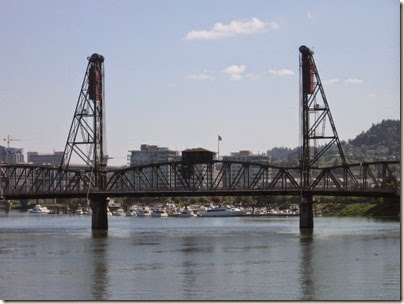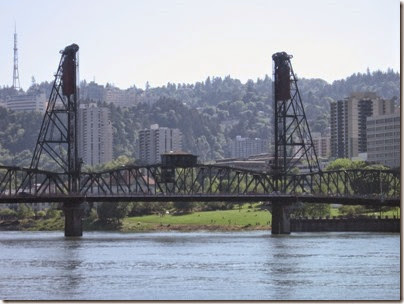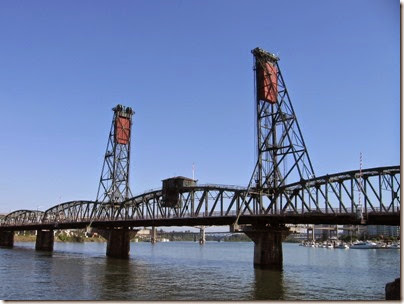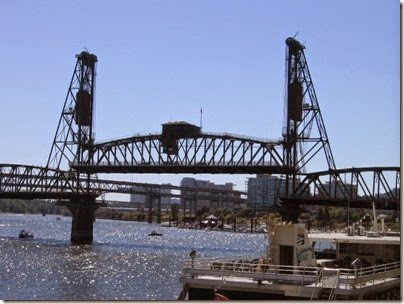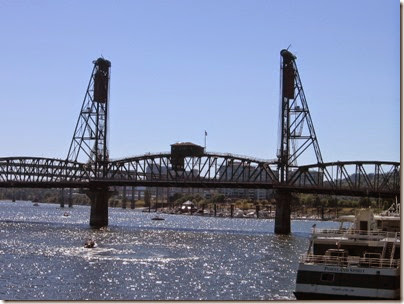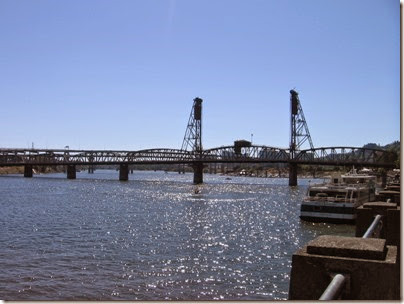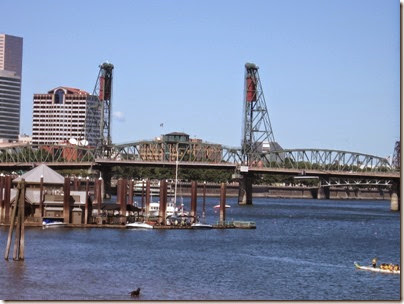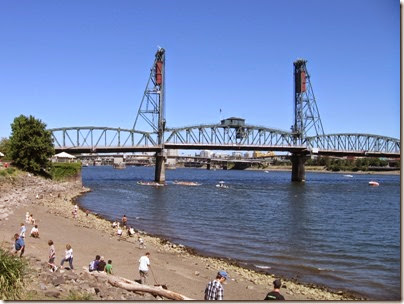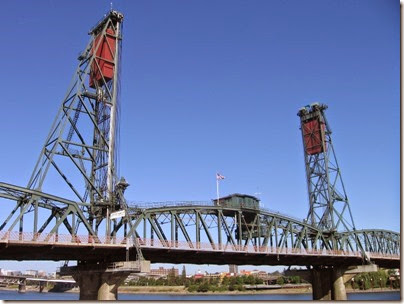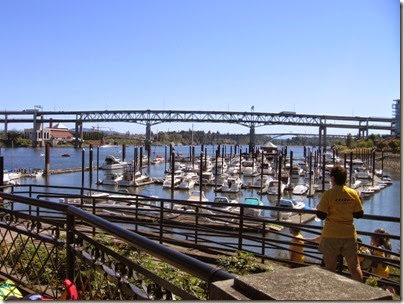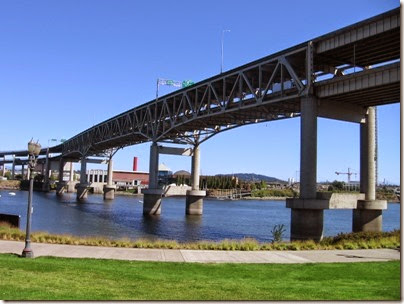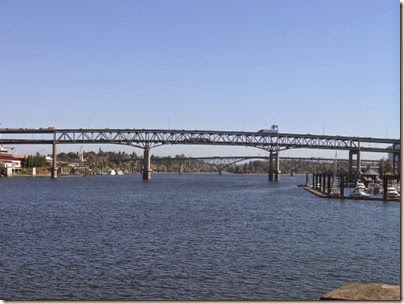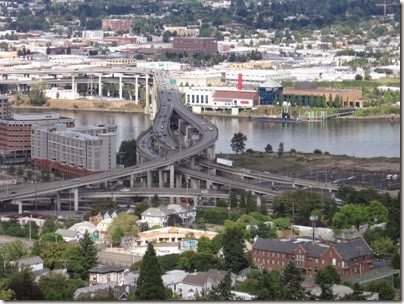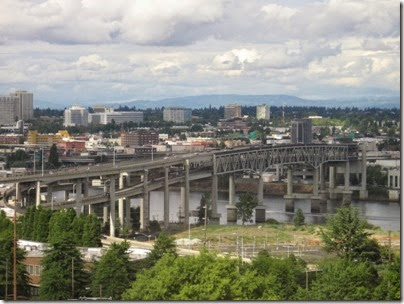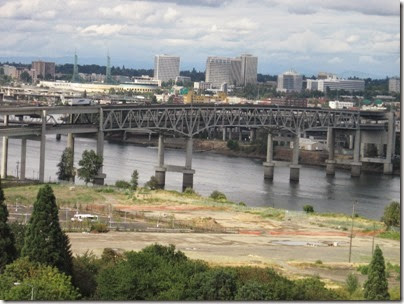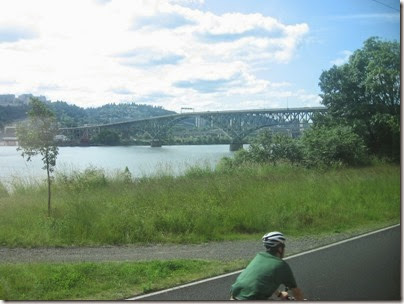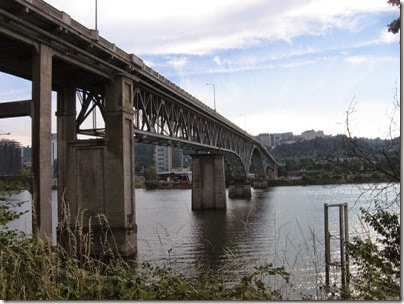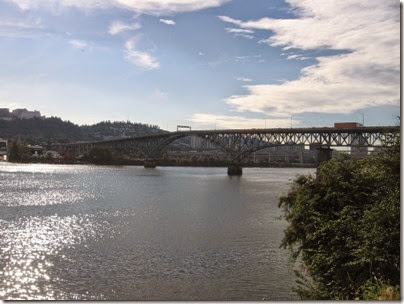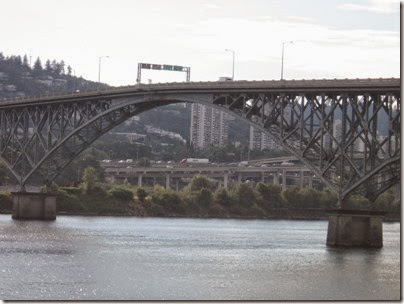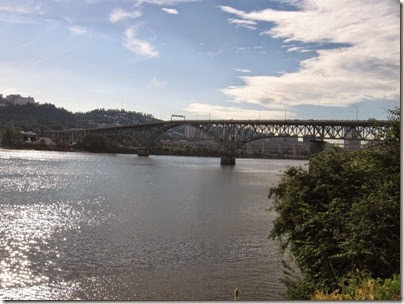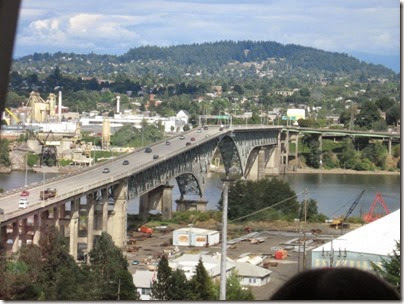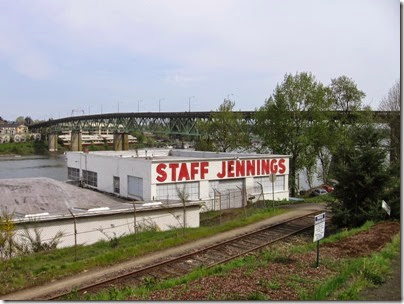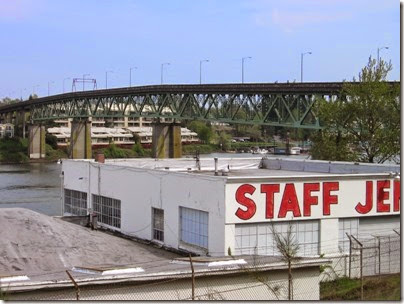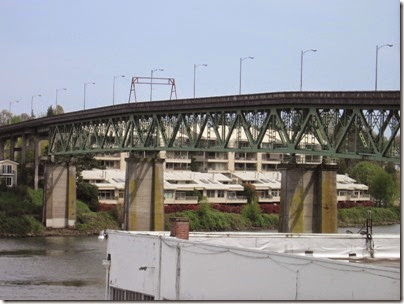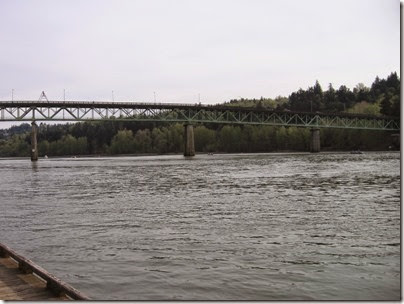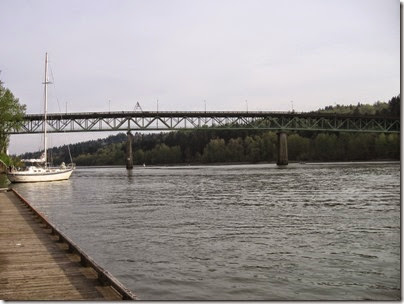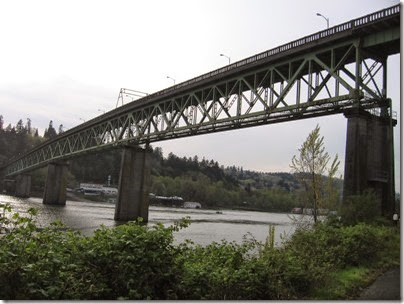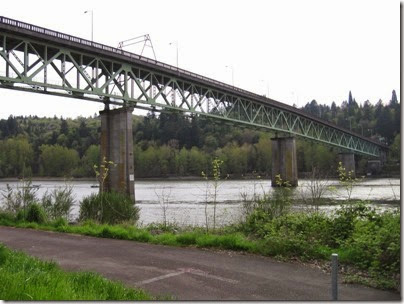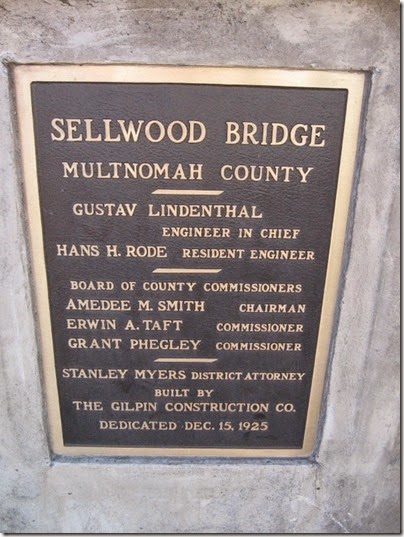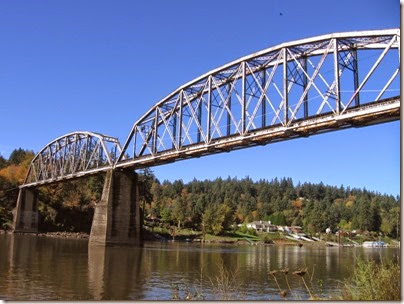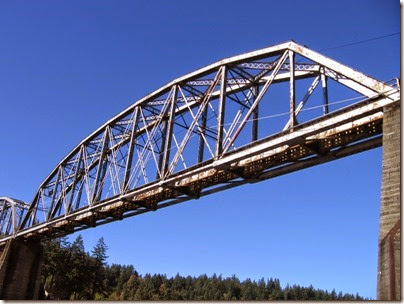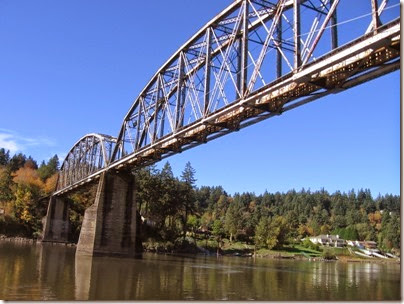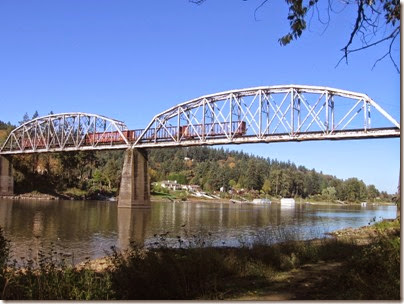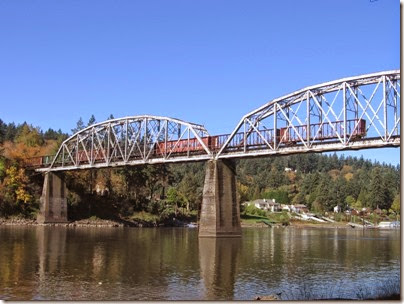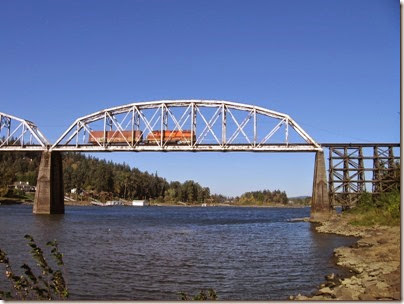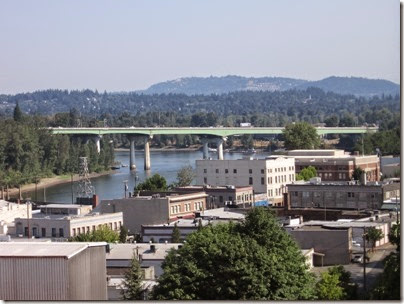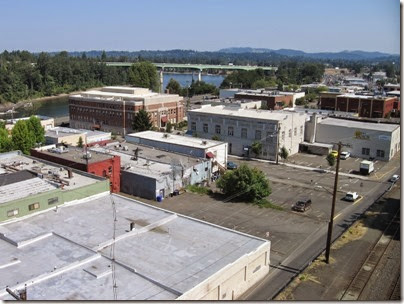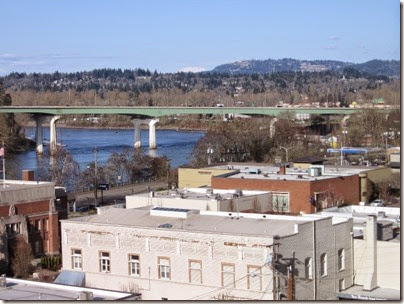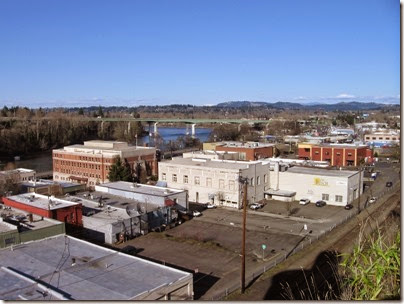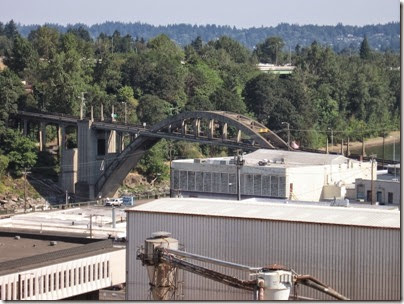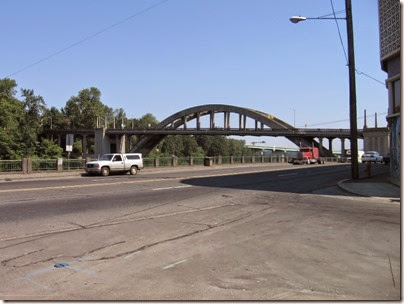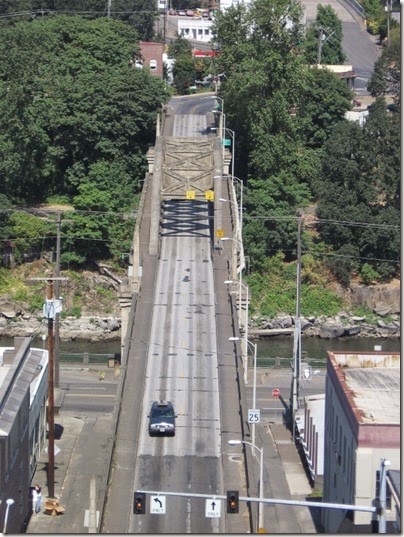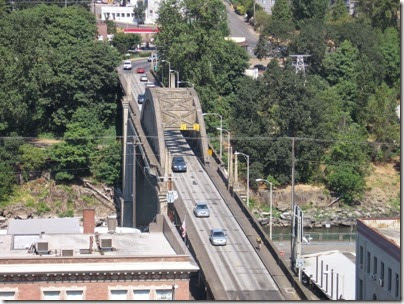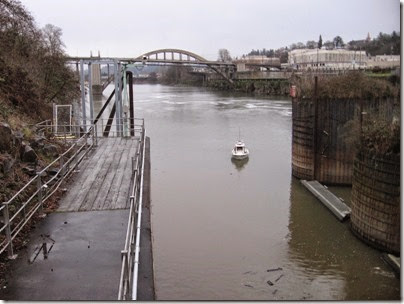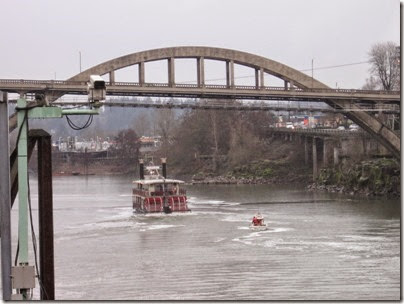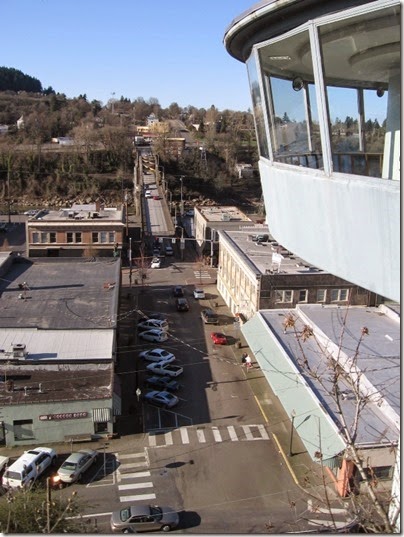I originally posted the PORTLAND PLACES: Oaks Amusement Park page on my old website on May 21, 2008.
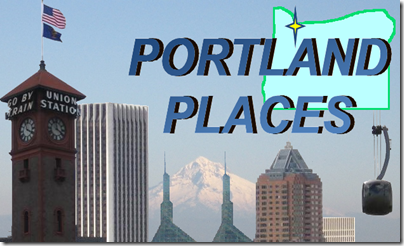
(NOTE: This website is NOT affiliated with Oaks Park; visit oakspark.com for current info)
In 1905, the Oregon Water Power & Railway Company built Oaks Amusement Park as a reason for Portland-area residents to use the interurban line on the weekends. Oaks Park opened on May 30, 1905. In the early 1920s, the operating company for the park was sold to John Cordary, a manager of the park. In the spring of 1925, park superintendent Edward H. Bollinger purchased the operating company from Cordary's widow shortly after Cordary's death. Bollinger purchased the park property itself from the Portland Electric Power Company in 1943. The park was passed on to Bollinger's son, Robert E. Bollinger, in 1949, and the younger Bollinger continued to operate the park until January 1, 1985, when he donated the park to a non-profit corporation he formed to run the park. Today, Oaks Park is one of the oldest continuously-operating amusement parks in the United States. Though the amusement park rides only operate in the summer and on weekends in the spring and fall, the roller-skating rink is open year-round.
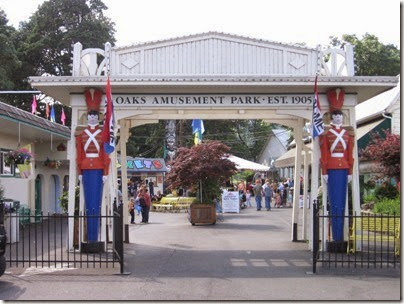
Oaks Amusement Park Entrance.
This is the main entrance to Oaks Park.
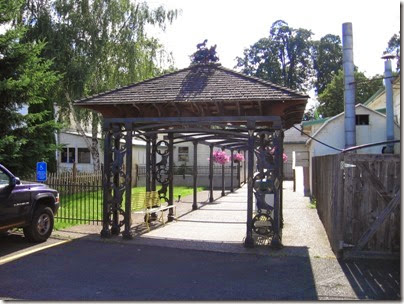
Entrance at Oaks Park Roller Skating Rink.
This entrance is adjacent to the Roller Skating Rink at the north end of the park.
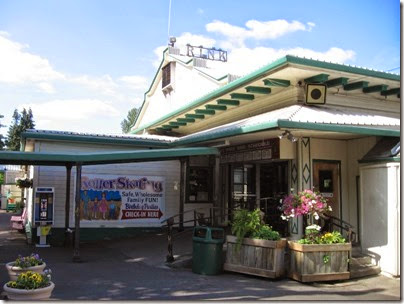
Oaks Park Roller Skating Rink.
The Oaks Park Roller Skating Rink opened in 1905, and is the oldest continuously operating roller rink in the United States. When the rink first opened, music was provided by a live brass band, accompanied by a Wurlitzer organ. The original Wurlitzer was replaced in the early 1920s by a William Wood console organ. This organ was expanded over the years until 1955, when it was replaced by the 1926 Mighty Wurlitzer from Portland's Broadway Theatre. This organ remains in use in the rink today. The organ features 1,242 pipes, 2,525 magnets, 4,700 pouches and 500,000 feet of wire. It was installed in the rink without shutters to make it loud enough to be heard over the skaters.
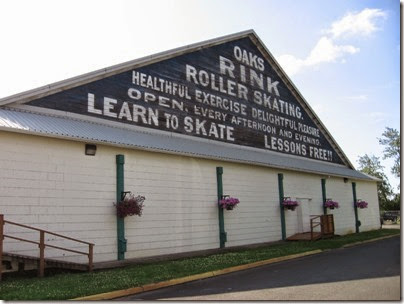
Oaks Park Roller Skating Rink.
The rink's floor measures 100 feet by 200 feet. After a flood in 1948 severely warped the rink's wood floor, the rebuilt floor was designed to float in the event of another flood. Since then, the floating floor has survived two serious floods, in 1964 and 1996. The large painted advertisement on the back of the rink building dates from at least 1948.
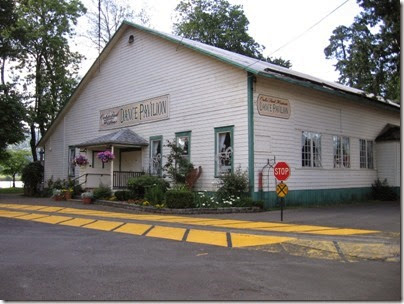
Oaks Park Historic Dance Pavilion.
The Historic Dance Pavilion is the only other original feature of the park. It can be rented out for wedding receptions and other special events.
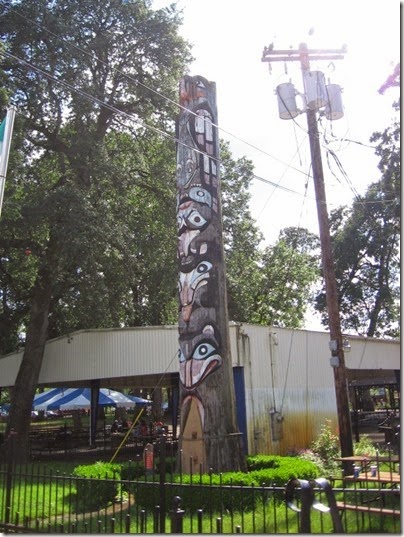
Oaks Park Totem Pole.
This large totem pole stands near the picnic area and the Dance Pavilion, inside the train's loop.
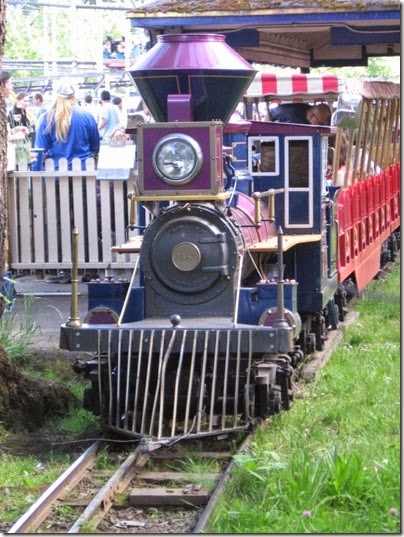
Oaks Park Miniature Train Ride.
Oaks Park has had a miniature train ride since its earliest days. The first miniature train was a steam-powered train built in 1910. It proved to be underpowered and was replaced in 1925. This is the fifth train Oaks Park has had.
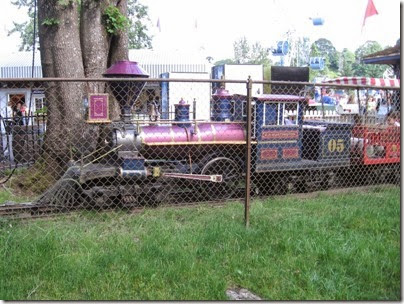
Oaks Park Miniature Train Ride.
This train replaced a Miniature Train & Railroad Company G-16 that was installed in 1956. The G-16 ran on 16" gauge track, and resembled a diesel locomotive, painted in the colors of the Union Pacific Railroad. The track is dual-gauge: 16" for the former train and 24" for the current one.
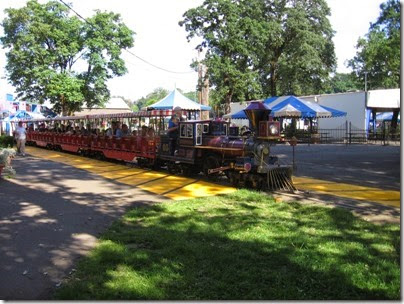
Oaks Park Miniature Train Ride.
The train operates on a 2,600 foot oval-shaped loop that encircles the picnic areas. The train also passes by the Historic Dance Pavilion and runs alongside the Willamette River for nearly half its run. The ride is short; a single trip around the loop only takes a few minutes, though children might get bored if it were much longer.
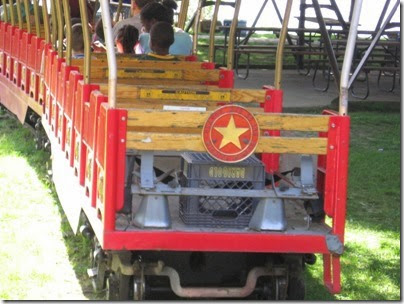
Oaks Park Miniature Train Ride.
The current train was built by the Chance Manufacturing Company of Wichita, Kansas. Chance is a famous manufacturer of amusement park rides. They have been manufacturing this train for many years, and continue to do so.
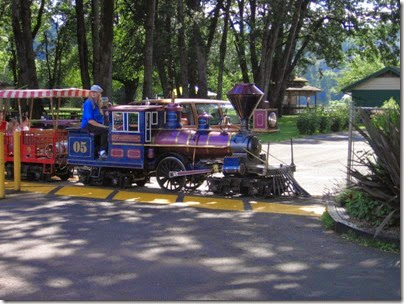
Oaks Park Miniature Train Ride.
Though it looks like a steam locomotive, the train is actually powered by a gasoline engine. This train was originally used at Seattle's Woodlawn Park Zoo and was removed from the zoo in 1980.
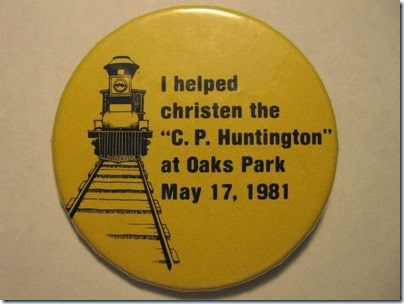
Oaks Park “C.P. Huntington” Button.
Oregon Historical Quarterly claims that this train began operating at Oaks Park in 1985, but the button above indicates it was dedicated on May 17, 1981.
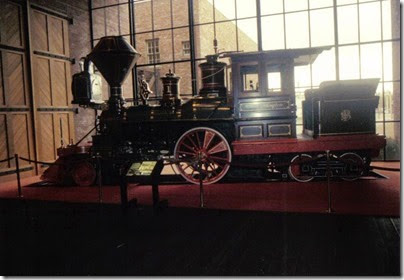
The C.P. Huntington at the California State Railroad Museum.
The Chance locomotive is a miniature replica of the C.P. Huntington, a steam locomotive on display at the California State Railroad Museum in Sacramento. The real C.P. Huntington was built by Danforth, Cooke & Company of Paterson, New Jersey in 1863 for the Central Pacific Railway of California. It was delivered to San Francisco on March 19, 1864, after traveling by sea from New York around Cape Horn. The C.P. Huntington was used for special occasions after 1894, and was donated to the state of California by Central Pacific's successor, Southern Pacific in 1964. The C.P. Huntington is named for Collis Potter Huntington, one of the original founding officers of the Central Pacific, the railroad that built from California to create the first Transcontinental Railroad with the Union Pacific in 1869.
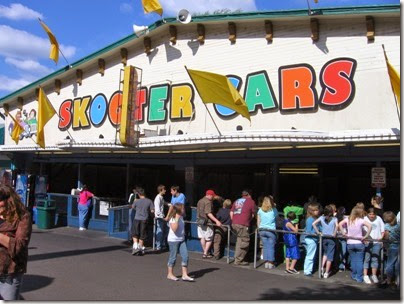
Oaks Park Skooter Cars.
One of the most popular rides at Oaks Park has always been the Skooter Cars, though they are often referred to by the more generic term: bumper cars.

Oaks Park Skooter Cars.
The Skooter Cars were most likely manufactured by Lusse Brothers, Inc.
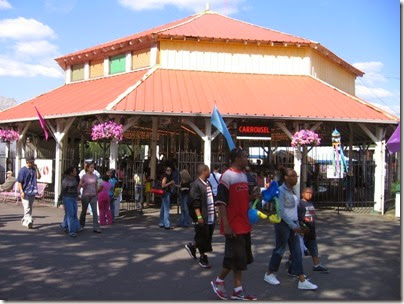
Oaks Park Carrousel.
The Carrousel is the oldest ride in the park. It is a Herschell-Spillman "Noah's Ark" built in 1912. It was placed in Oaks Park in 1924. It the the only part of Oaks Park listed on the National Register of Historic Places. Notice the neon sign that reads "CARROUSEL." I have seen references online to this sign being misspelled, however according to the 1962 American College Dictionary, the definition of the word "carrousel" is "n. 1. a merry-go-round (def. 1). 2. a tournament in which horsemen executed various formations. Also, carousel." The definition of the word "carousel" on the other hand is simply "n. carrousel." So, "carrousel" is the original word and the proper spelling, although "carousel" is an acceptable alternate spelling. Interesting that it now seems to be the primary spelling.
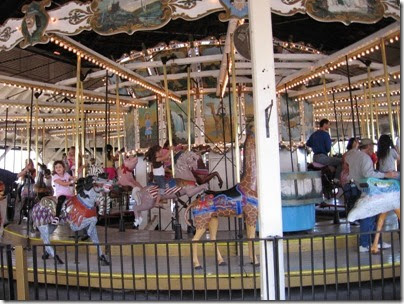
Oaks Park Carrousel.
I think it is also interesting that a carrousel takes its name from the horses, not the rotation. (If you are curious, the definition of "merry-go-round" is "n. 1. a revolving machine, as a circular platform fitted with hobby-horses, etc., on which persons, esp. children, ride for amusement. 2. any whirl or rapid round.")

Oaks Park Ferris Wheel.
This Ferris Wheel was built by the Eli Bridge Company. It is an Eagle Rim Drive Wheel.
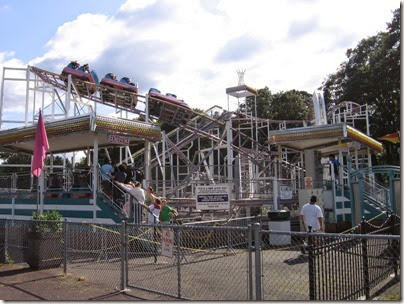
Oaks Park Looping Thunder Roller Coaster.
There have been many roller coasters at Oaks Park over the years. This is the Looping Thunder. It is a Looping Star model built by Fratelli Pinfari S.r.l of Montova, Italy. It has been at Oaks Park since 1996. The track is 1,197 feet 6 inches long. At it's highest point the coaster is 36 feet high.
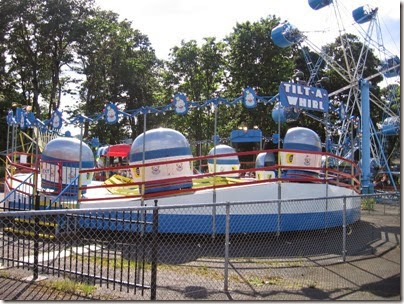
Oaks Park Tilt-A-Whirl.
Here is the classic Tilt-A-Whirl, built by Sellner Manufacturing.
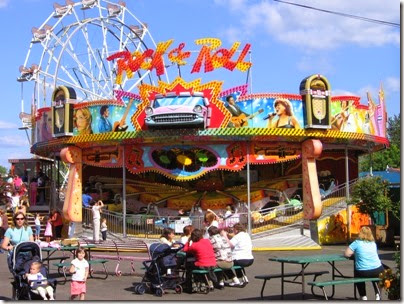
Oaks Park Rock & Roll Ride.
The Rock & Roll is a Matterhorn-style ride made by Bertazzon.
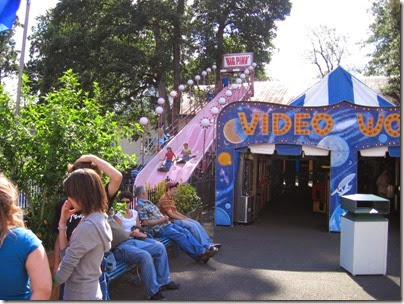
Oaks Park Big Pink Slide.
Big Pink is a Dartron slide. It was added to Oaks Park in the 1990s with great fanfare.
Oaks Park Links:
Oaks Park at PdxHistory
This concludes the original content of my PORTLAND PLACES: Oaks Amusement Park page. To see additional blog entries about Portland, click on the Portland label.
